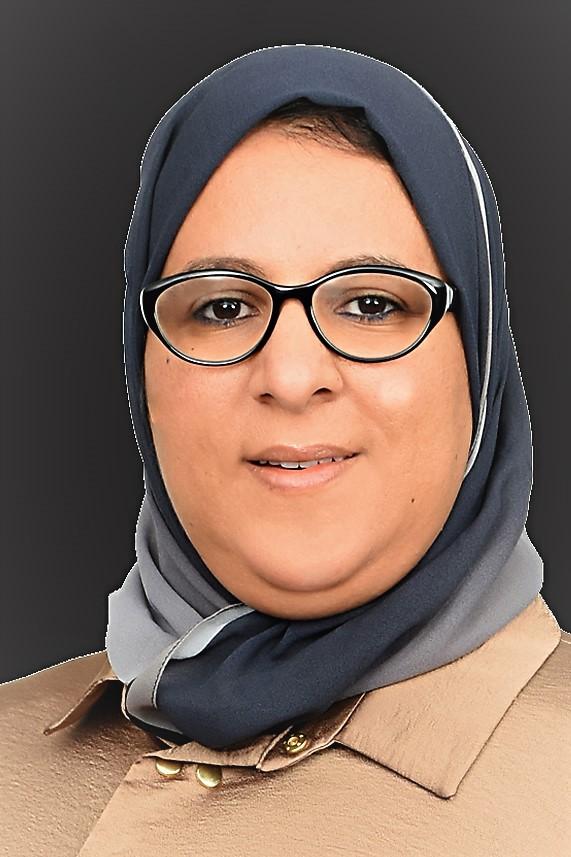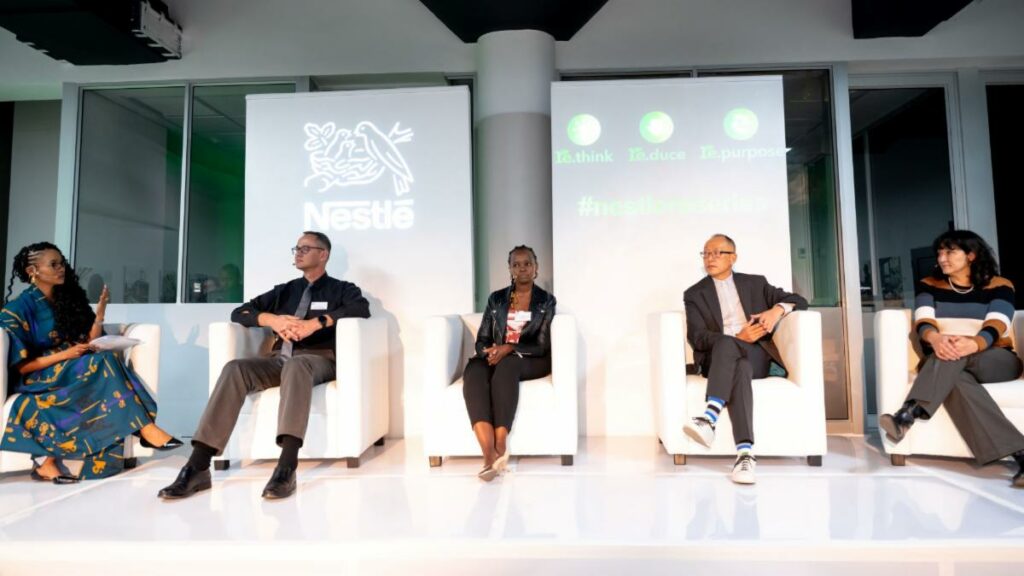Business

DOUALA, Cameroun,16 Juin, 2022 -/African Media Agency (AMA)/- Si vous vous adressez à la plupart des travailleurs migrants, vous entendrez parler aussi bien du soutien financier considérable qu’ils apportent aux membres de leur famille restés au pays, que des grands projets de développement qu’ils financent. Pour ce faire, ils prélèvent une partie de leurs revenus qu’ils envoient dans leurs pays respectifs via différents services de transfert de fonds.
Actuellement, on dénombre environ un milliard de personnes dans le monde concernées par les transferts de fonds. Ces transferts sont effectués soit à l’envoi ou la réception -une personne sur neuf est bénéficiaire de ces flux d’argent envoyés par des membres de sa famille qui ont migré pour travailler1.
Les transferts de fonds personnels vers l’Afrique représentent en effet environ 82,7 milliards de dollars chaque année, soit près du double du flux d’investissements directs étrangers (IDE) du continent, qui s’élève à 46 milliards de dollars2. Les transferts de fonds personnels vers la quasi-totalité des pays africains sont également supérieurs à l’aide publique au développement qu’ils reçoivent.
Les estimations indiquent que les trois quarts des transferts de fonds servent à couvrir des besoins essentiels sont: la nourriture et les frais médicaux, les frais de scolarité ou les dépenses liées au logement ainsi que la perte de récoltes ou les urgences familiales3.
Les transferts de fonds sont par conséquent un véritable facteur de développement, qui peut être perçu au niveau des ménages, où de nombreuses familles se sont sorties de la pauvreté grâce à l’argent envoyé par leurs proches de l’étranger, jusqu’au niveau national.
Ces transferts ont revêtu une importance particulière pendant la pandémie de Covid, lorsque de nombreuses familles ont dû compter sur leurs proches à l’étranger pour subvenir à leurs besoins après que la fermeture des frontières ait provoqué l’effondrement de nombreuses entreprises, entraînant des pertes de revenus. Au début de la pandémie, il n’était pas rare que les travailleurs migrants consacrent une partie de leurs allocations de secours délivrées par l’État à l’aide apportée à leurs proches en difficulté dans leur pays, une aide qui se poursuit encore pendant la période de rétablissement.
« Alors que le Covid-19 continue de dévaster des familles dans le monde entier, les transferts de fonds restent une bouée de sauvetage essentielle pour les pauvres et les vulnérables », a déclaré Michal Rutkowski, Directeur du Département Protection Sociale et Emploi de la Banque Mondiale4.
WorldRemit est fier de promouvoir cette action en offrant un moyen rapide et pratique de transférer de l’argent dans plus de 130 pays et dans plus de 70 devises5.
Les migrants envoient de l’argent chez eux non seulement pour aider à résoudre la situation financière de leur famille, mais aussi pour maintenir des liens familiaux à distance avec les personnes restées au pays », explique Imane Charioui, responsable de l’Afrique du Nord et centrale et du Moyen-Orient chez WorldRemit.
»Les transferts de fonds donnent aux expéditeurs un sentiment d’appartenance et une façon de montrer leur solidarité et de maintenir leur identité avec la communauté, le véritable esprit africain », ajoute-t-elle.
WorldRemit continue d’intégrer ses systèmes aux services d’argent mobile afin de permettre aux destinataires d’encaisser plus facilement leurs paiements et de réduire les déplacements longs et coûteux vers les points d’encaissement.
« Nous savons combien il est important pour les travailleurs à l’étranger d’envoyer de l’argent à leurs proches lorsqu’ils en ont le plus besoin. Chez WorldRemit, nous veillons à ce que ce soit rapide, sûr et pratique. »
Et comme les personnes de la diaspora continuent de travailler dur pour améliorer la vie de leurs familles restées au pays, WorldRemit continue d’investir dans des technologies qui optimisent son service.
« Nous restons fidèles à notre objectif fondateur, qui a toujours été d’améliorer la vie des gens ; en leur offrant un service de transfert de fonds abordable, nous constatons une transformation dans la vie des personnes qui utilisent notre service », a déclaré M. Charioui.
Distribué par African Media Agency (AMA) pour WorldRemit.
Notes aux Editeurs & Sources:
- Informations relatives aux NATIONS UNIES.
- Rapport sur l’Afrique. Covid-19 shows Africa must reduce dependence on personal remittances. Août 2020.
- Informations relatives aux NATIONS UNIES. Remittances Matter. 8 facts you don’t know about the money migrants send back home. Juin 2019.
- Banque Mondiale. Defying Predictions, Remittance Flows Remain Strong During COVID-19 Crisis. Mai 2021.
- WorldRemit. Why Choose WorldRemit.
A propos de WorldRemit
WorldRemit est l’une des entreprises leader dans le domaine des paiements internationaux et, avec Sendwave, fait partie de Zepz, un groupe qui rassemble deux marques mondiales de paiements.
Nous avons bouleversé un secteur jusqu’alors dominé par des acteurs traditionnels hors ligne en proposant des transferts d’argent internationaux, les rendant plus sûrs, plus rapides et moins coûteux. L’entreprise qui emploie plus de 1 200 personnes à travers le monde, opère actuellement depuis 50 pays pour des transferts de fonds vers 130 pays destinataires, et est présente dans plus de 5 000 couloirs de transfert d’argent dans le monde.
Du côté des expéditeurs, WorldRemit est 100 % numérique (sans espèces), pour une experience simplifiée et une sécurité renforcée. Pour ceux qui reçoivent de l’argent, la société offre un large éventail d’options, notamment le dépôt bancaire, l’encaissement d’espèces, le rechargement de temps d’antenne mobile et l’argent mobile.
Soutenue par Accel, TCV et Leapfrog, WorldRemit a son siège à Londres, au Royaume-Uni, et des bureaux régionaux aux États-Unis, en Pologne, au Canada, en Australie, à Hong Kong, à Singapour, en Malaisie, aux Philippines, en Afrique du Sud, au Somaliland, en Ouganda, au Kenya, au Rwanda, en Tanzanie, au Zimbabwe et en Belgique.
Contact Media
WorldRemit Press Office
The post Les Transferts de Fonds Jouent un Rôle Prépondérant Dans le Rapprochement des Migrants avec Leur Famille Dans Leur Pays D’origine appeared first on African Media Agency.
Source : African Media Agency (AMA)


